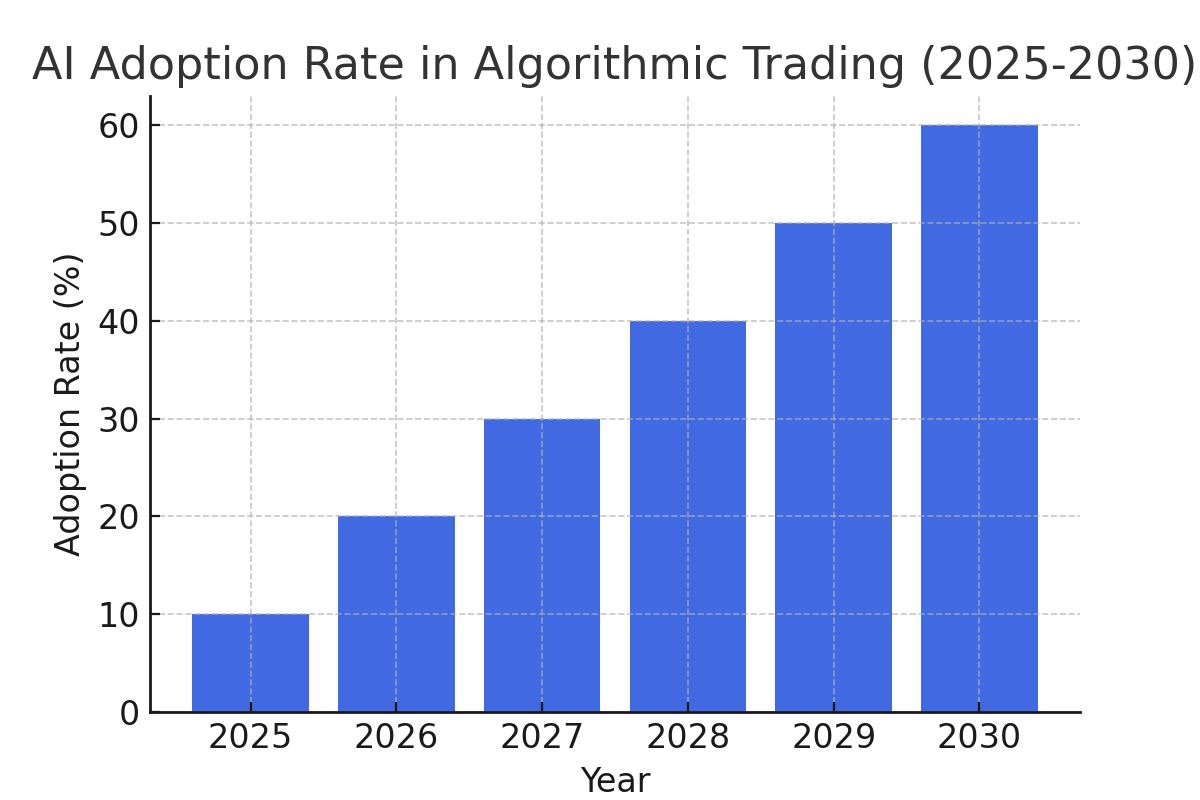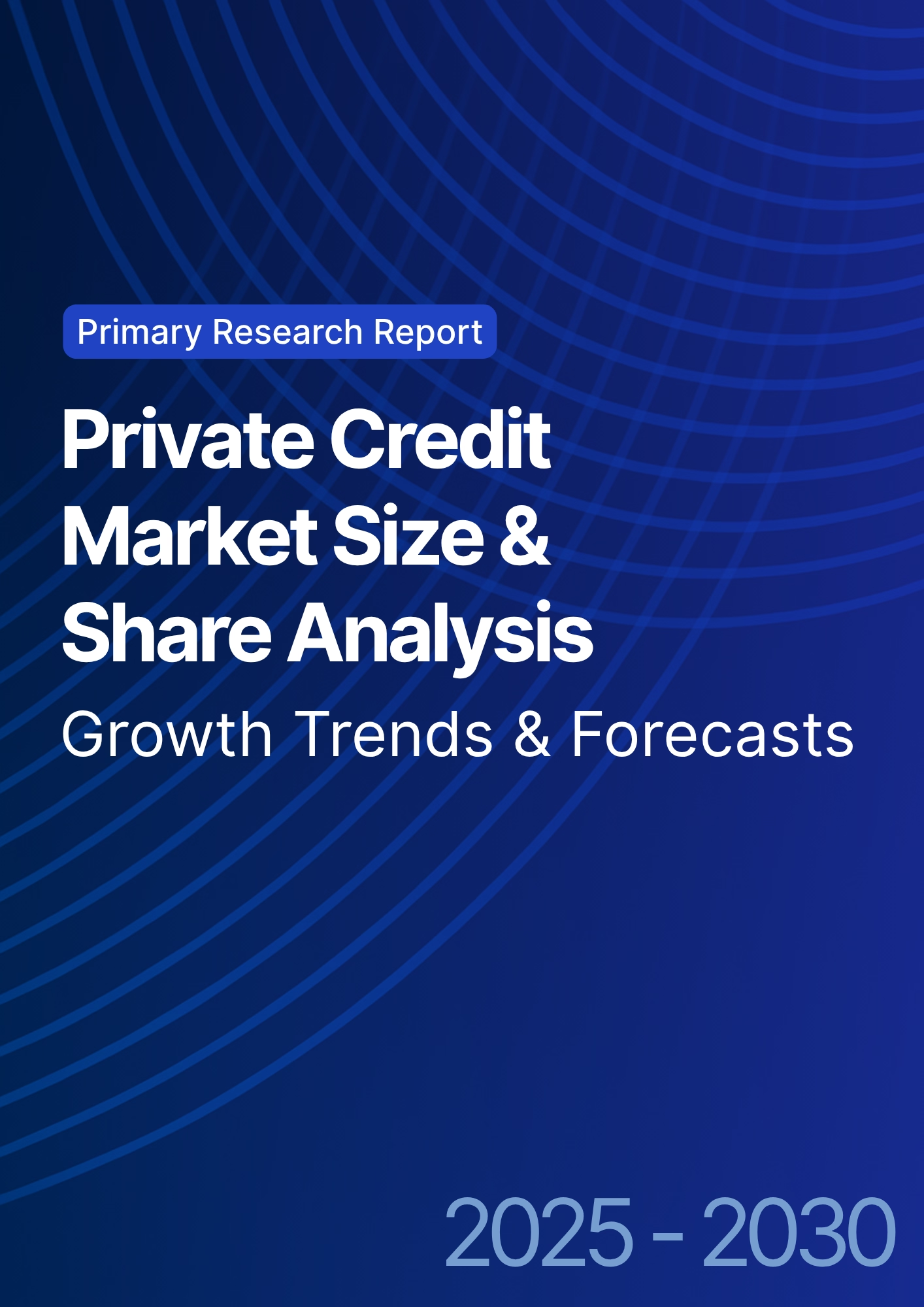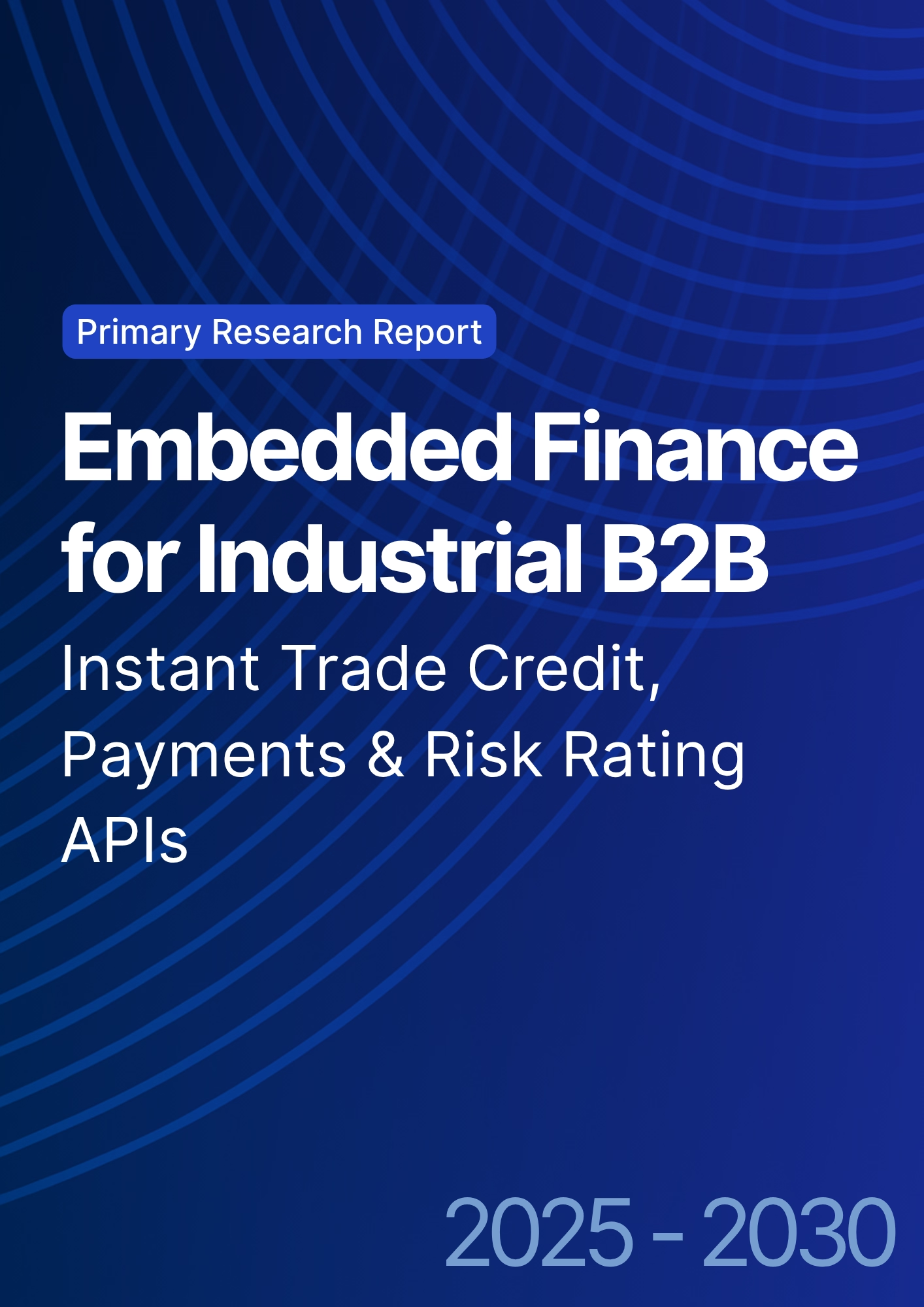

68 Circular Road, #02-01 049422, Singapore
Revenue Tower, Scbd, Jakarta 12190, Indonesia
4th Floor, Pinnacle Business Park, Andheri East, Mumbai, 400093
Cinnabar Hills, Embassy Golf Links Business Park, Bengaluru, Karnataka 560071
Connect With Us
Autonomous Algorithmic Trading Systems: Self-Learning Models & Regulatory Compliance - Technological Advancements
The financial industry in Europe, particularly in the UK, is witnessing a significant shift with the rise of autonomous algorithmic trading systems. These AI-powered platforms are capable of self-learning, adapting to market conditions, and making trading decisions with minimal human intervention. By 2025, the global market for algorithmic trading is expected to reach $15.3 billion, growing at a CAGR of 10.5% from 2025 to 2030. These self-learning models enable trading strategies to evolve in real-time based on historical data, market trends, and regulatory guidelines. As these systems gain popularity, they raise important questions about compliance with evolving financial regulations. This report explores the technological advancements in autonomous algorithmic trading systems, focusing on self-learning models and their implications for regulatory compliance. The UK and Europe are at the forefront of these developments, with increased investment in AI-driven financial technologies.

What's Covered?
Report Summary
Key Takeaways
- Autonomous algorithmic trading systems are revolutionizing the financial sector by automating trading decisions and reducing human error.
- By 2030, AI-driven trades are expected to account for 35% of the global trading volume.
- Self-learning algorithms are enabling trading platforms to continuously adapt and optimize strategies in real-time.
- The regulatory landscape for algorithmic trading is evolving rapidly, with increased scrutiny and compliance requirements expected by 2030.
- AI models in algorithmic trading have proven to improve market prediction accuracy, trading speed, and overall portfolio returns.
- The market for algorithmic trading platforms in Europe is expected to grow at a CAGR of 10.5%, reaching over $15.3 billion by 2030.
- The regulatory compliance costs associated with algorithmic trading are expected to increase by 25% from 2025 to 2030.
- The UK remains a key player in the European algorithmic trading market, with a 30% share of global trading volumes.

a. Market Size & Share
The market for autonomous algorithmic trading systems is rapidly expanding, driven by advancements in AI and machine learning. In 2025, the global market size is expected to reach $15.3 billion, with a CAGR of 10.5% from 2025 to 2030. The rise of self-learning models and the increasing adoption of AI in trading systems are the key drivers behind this growth.
The UK and Europe are major players in the global algorithmic trading market, with the UK alone accounting for 30% of global trading volume. The market is expected to see significant growth in the coming years, with AI-powered trading platforms offering increasingly sophisticated tools for investment management.
Market Growth Projection (2025-2030):

b. Market Analysis
AI-powered autonomous trading systems are poised to become integral to global trading markets. These systems enable real-time decision-making based on vast datasets, allowing firms to improve their market prediction capabilities, enhance trade execution speeds, and achieve higher portfolio returns.
The UK and Europe are leading the way in AI adoption for algorithmic trading, with UK-based institutions investing heavily in AI technology. The financial sector is shifting toward self-learning models to ensure adaptive strategies in a dynamic market environment. This trend is expected to grow significantly by 2030, with more than 35% of trades being AI-driven globally.
AI Adoption Rate in Algorithmic Trading (2025-2030):

c. Trends and Insights
Key trends shaping the future of autonomous algorithmic trading include the rise of self-learning models that continuously adapt to market conditions. These models use machine learning to analyze historical data, identify patterns, and generate insights to guide trading decisions. In addition, the growing importance of regulatory compliance will push platforms to implement transparent and auditable AI solutions that comply with evolving regulations.
AI’s ability to predict market trends with high accuracy, alongside its speed in executing trades, will remain a key factor driving the adoption of autonomous trading systems across Europe and beyond.
d. Segment Analysis
The algorithmic trading sector is becoming increasingly diverse, with institutions ranging from large asset managers to boutique firms adopting AI-driven solutions. Larger firms are focusing on self-learning models that can adapt to changing market conditions, while smaller firms are leveraging AI to enhance their risk management strategies and achieve more efficient portfolio management.
In the UK and Europe, algorithmic trading is being increasingly adopted by hedge funds, investment banks, and asset management firms that are looking to leverage AI for superior market insights and faster trade execution. However, smaller firms are still catching up with the technology, particularly in areas such as regulatory compliance and integration with existing systems.
e. Geography Analysis
In the UK, AI adoption in algorithmic trading is strong, particularly in London, which serves as a key financial hub for AI-driven investment strategies. European countries such as France, Germany, and Switzerland are also seeing increased AI adoption in trading systems.
Regulatory environments in the UK and Europe are pushing for greater transparency and compliance in algorithmic trading systems, further driving AI adoption. As more jurisdictions align on regulatory frameworks, AI adoption is expected to increase across other European regions as well.
AI Adoption Across European Regions (2025):

f. Competitive Landscape
The competitive landscape for AI-powered algorithmic trading in Europe is marked by a combination of established financial institutions and innovative fintech startups. Firms like Goldman Sachs, JP Morgan, and UBS are making heavy investments in AI platforms to stay ahead of the curve in a competitive trading environment.
Emerging startups like Turing Traders and AlgoTrader are disrupting the space with more flexible, customizable AI trading solutions that cater to the needs of smaller firms and high-frequency trading.
The competition is intensifying as companies focus on enhancing the capabilities of their algorithmic trading models to improve efficiency, profitability, and regulatory compliance.
Report Details
Proceed To Buy
Want a More Customized Experience?
- Request a Customized Transcript: Submit your own questions or specify changes. We’ll conduct a new call with the industry expert, covering both the original and your additional questions. You’ll receive an updated report for a small fee over the standard price.
- Request a Direct Call with the Expert: If you prefer a live conversation, we can facilitate a call between you and the expert. After the call, you’ll get the full recording, a verbatim transcript, and continued platform access to query the content and more.


68 Circular Road, #02-01 049422, Singapore
Revenue Tower, Scbd, Jakarta 12190, Indonesia
4th Floor, Pinnacle Business Park, Andheri East, Mumbai, 400093
Cinnabar Hills, Embassy Golf Links Business Park, Bengaluru, Karnataka 560071
Request Custom Transcript
Related Transcripts
$ 1450
$ 1450


68 Circular Road, #02-01 049422, Singapore
Revenue Tower, Scbd, Jakarta 12190, Indonesia
4th Floor, Pinnacle Business Park, Andheri East, Mumbai, 400093
Cinnabar Hills, Embassy Golf Links Business Park, Bengaluru, Karnataka 560071













